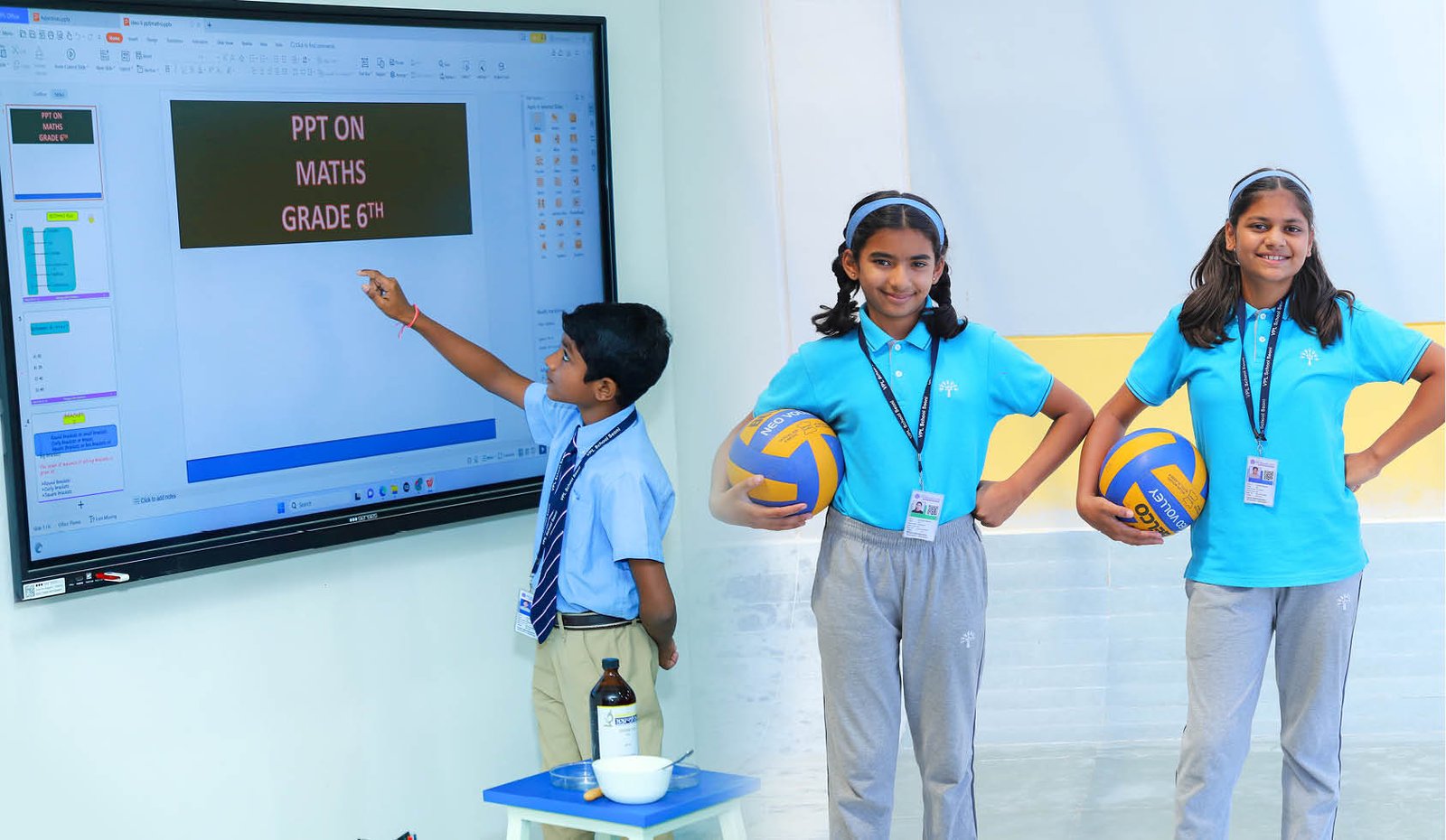Introduction: Educating Beyond the Classroom
In the evolving landscape of education, the essence of schooling has transcended traditional academic learning. Today, a holistic educational experience—interweaves academics, extracurricular activities, sports, and life skills—is the cornerstone of comprehensive student development. This blend not only prepares students for the challenges of the future but also nurtures well-rounded individuals capable of thriving in diverse environments.
1. The Academic Foundation: Building Intellectual Capacities
At the heart of any educational institution lies its academic programme. A robust curriculum that challenges students intellectually while fostering a love for learning is crucial. However, more than academics is needed in today’s rapidly changing world. The integration with other areas of development prepares students for real-world challenges.
2. Extracurricular Activities: Cultivating Interests and Talents
Extracurricular activities allow students to explore and cultivate their interests and talents beyond the academic syllabus. Whether it’s music, art, debate, or robotics, these activities offer avenues for self-expression, creativity, and innovation, allowing students to discover and refine their passions.
3. The Role of Sports: Promoting Physical Well-being and Teamwork
Incorporating sports into the educational framework goes beyond physical fitness; it teaches vital life lessons such as teamwork, resilience, and discipline. Sports also offer unique opportunities for leadership and social interaction, contributing significantly to students’ personal growth.
4. Life Skills Education: Preparing for the World Beyond
Life skills education is the most critical aspect of a holistic educational model. Skills such as effective communication, emotional intelligence, problem-solving, and financial literacy equip students to navigate the complexities of adult life. These competencies are invaluable, transcending academic and career success, including personal well-being and societal contribution.
5. The Integration Challenge: Balancing the Components
Achieving a balanced integration of academics, activities, sports, and life skills requires a thoughtful approach. It involves curriculum design that allows flexibility, encourages exploration, and recognises each student’s unique strengths and interests. Moreover, it demands a commitment from educators to guide and mentor students through their holistic development journey.
Podar Learn School Seoni: A Model of Holistic Education
At the forefront of holistic education stands the Podar Learn School Seoni. Embracing the “Nayee Generation – Nayee Approach” philosophy, the school exemplifies how an educational institution can seamlessly blend academics, extracurricular activities, sports, and life skills into a cohesive learning experience.
With its state-of-the-art digital classrooms, dedicated spaces for sports and extracurricular activities, and a curriculum rich in life skills education, VPL School Seoni prepares students for academic achievements and life’s myriad challenges. The school’s innovative approach ensures that students are intellectually stimulated, physically active, creatively engaged, and emotionally intelligent, setting them apart in future endeavours.
Conclusion: Envisioning the Future of Education The education paradigm is shifting towards a more inclusive model that values the holistic development of students. Schools like Podar Learn School Seoni are not just educating students and preparing future leaders, innovators, and compassionate citizens by fostering environments where academics, activities, sports, and life skills are interwoven. This comprehensive approach to education will define the next generation’s success, equipping them with the tools to thrive in an ever-changing world.

